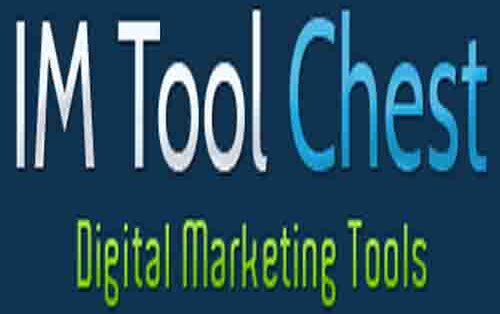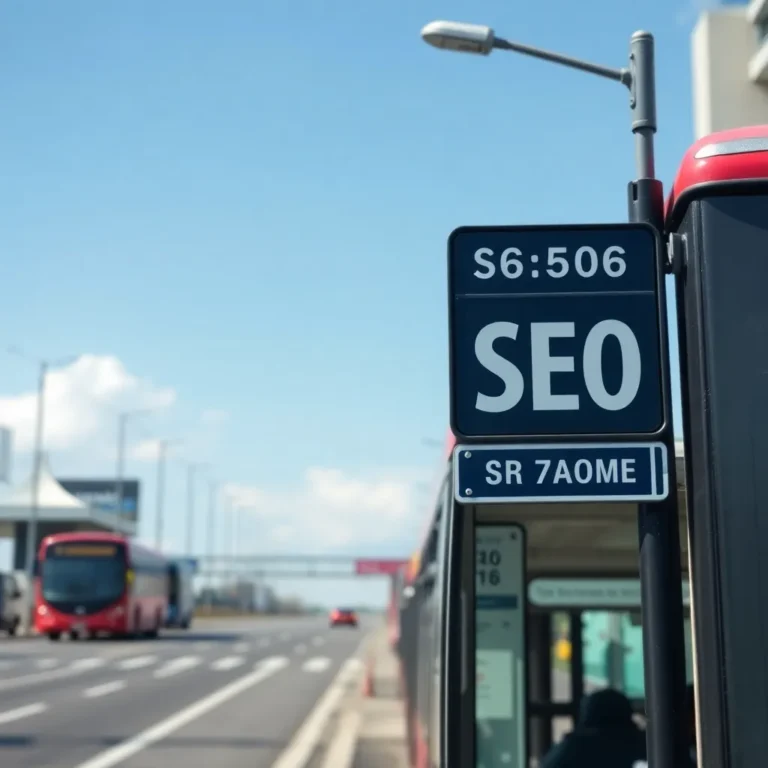Boost SEO & UX with Effective Internal Linking Strategies
Internal links are fundamental for optimizing a website's SEO and enhancing user experience, acting as essential navigational pathways within the same domain. They effectively connect various pages, guiding both human visitors and search engine crawlers through the site's structure.
The benefits of a well-executed internal linking strategy are significant. For SEO, these links are vital for distributing “link equity” or PageRank across a site, signaling the importance of specific pages to search engines and facilitating the discovery and indexing of new content. This process strengthens a site's overall topical authority and improves its visibility in search results. From a user experience standpoint, internal links streamline navigation, enabling visitors to effortlessly find related content, which reduces bounce rates, increases engagement, and extends time on site. Practical examples include contextual links embedded within blog post content, primary navigation menus, footer links, breadcrumbs, and “related articles” or “read next” sections.
Conversely, improper internal linking poses several risks. Over-optimization, particularly the excessive use of exact-match anchor text, can appear spammy and negatively impact search rankings. The presence of “orphan pages”—content without any internal links pointing to them—makes it incredibly difficult for search engine crawlers to discover and index them. Broken internal links result in a frustrating user experience and waste valuable crawl budget. Additionally, placing an overwhelming number of links on a single page can dilute the value passed to each linked page and create a confusing navigation experience for users.
To mitigate these risks and maximize benefits, effective strategies include establishing a logical site hierarchy, employing descriptive and varied anchor texts, linking strategically from high-authority pages to less prominent but important content, and conducting regular audits to identify and rectify broken links or orphaned pages. Leveraging SEO tools for these tasks is crucial for maintaining a healthy internal linking profile, which is indispensable for achieving optimal organic visibility and user engagement.









